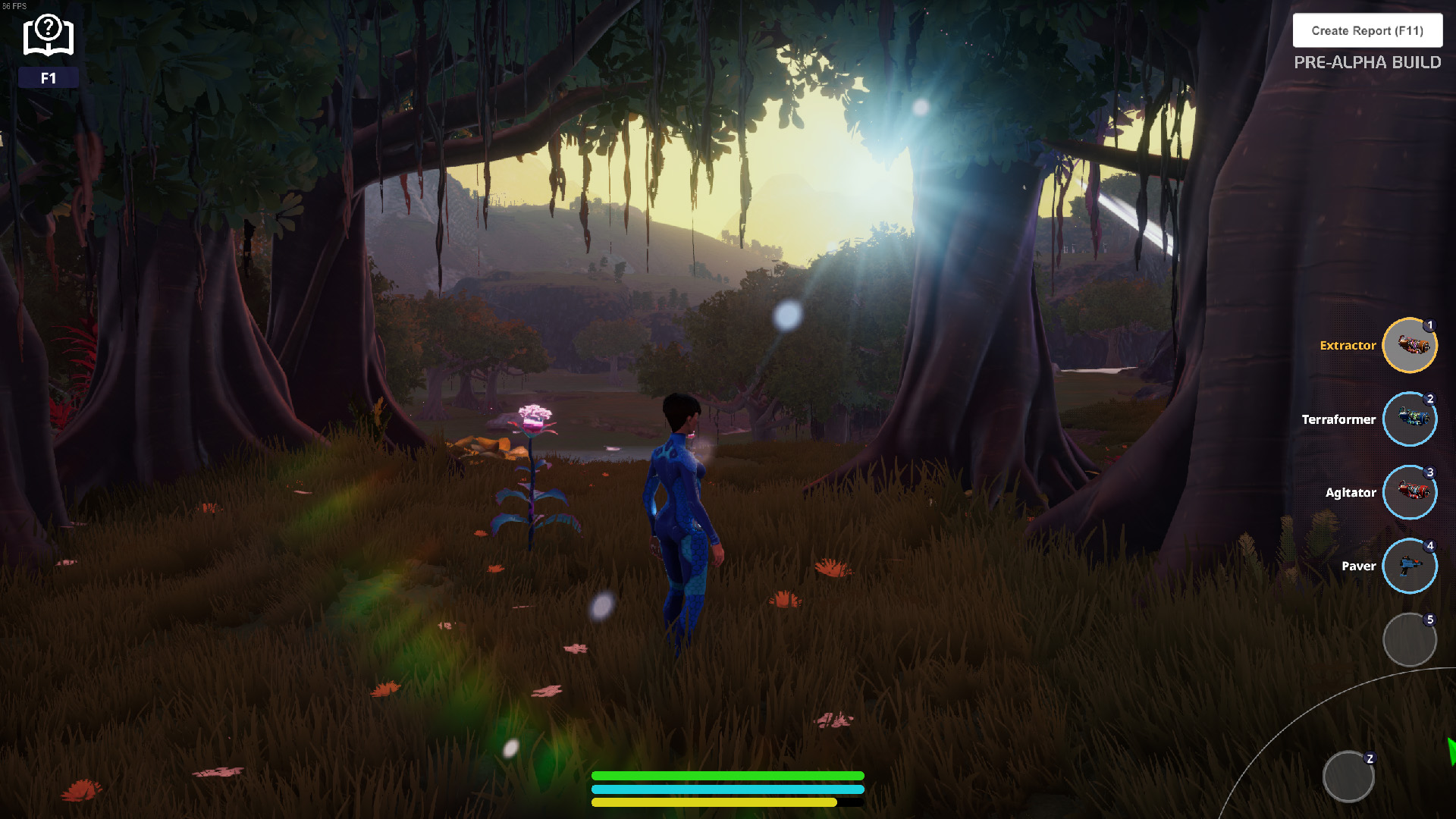by Light Bates
Hey Folks! Last month we had our first playtest where players could run, grapple, jump, grav-mesh, climb, dance, and more. This was a great way to kick off our external playtests and players had a great time, however through all of these movement tests their toolbelts were empty and their backpacks barren. But no more! We’ve talked about the simulation that drives our living world before, and it was time to give players some tools to test it out themselves.
Our goal with this playtest was to test out World Simulation, both from a design perspective and from a technical one. On the design side, we wanted to see how long it takes for a world to look less like a tropical landscape and more like swiss cheese. And on the technical side, how well would the simulation keep up with two hours of constant mayhem all across the map?
Spoilers: If you give nearly 100 players a suite of terraforming tools, they can carve up a planet pretty good.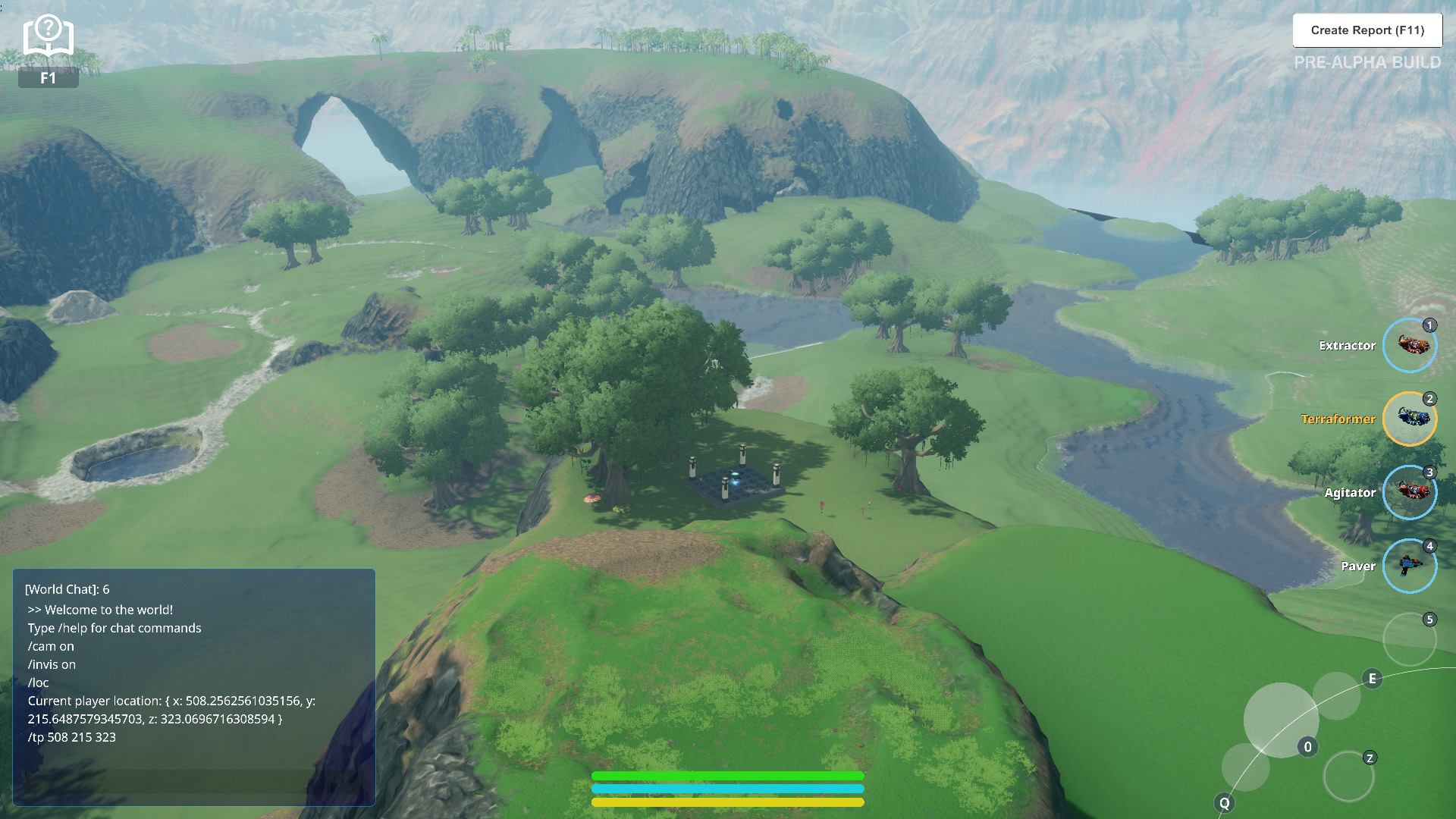
Before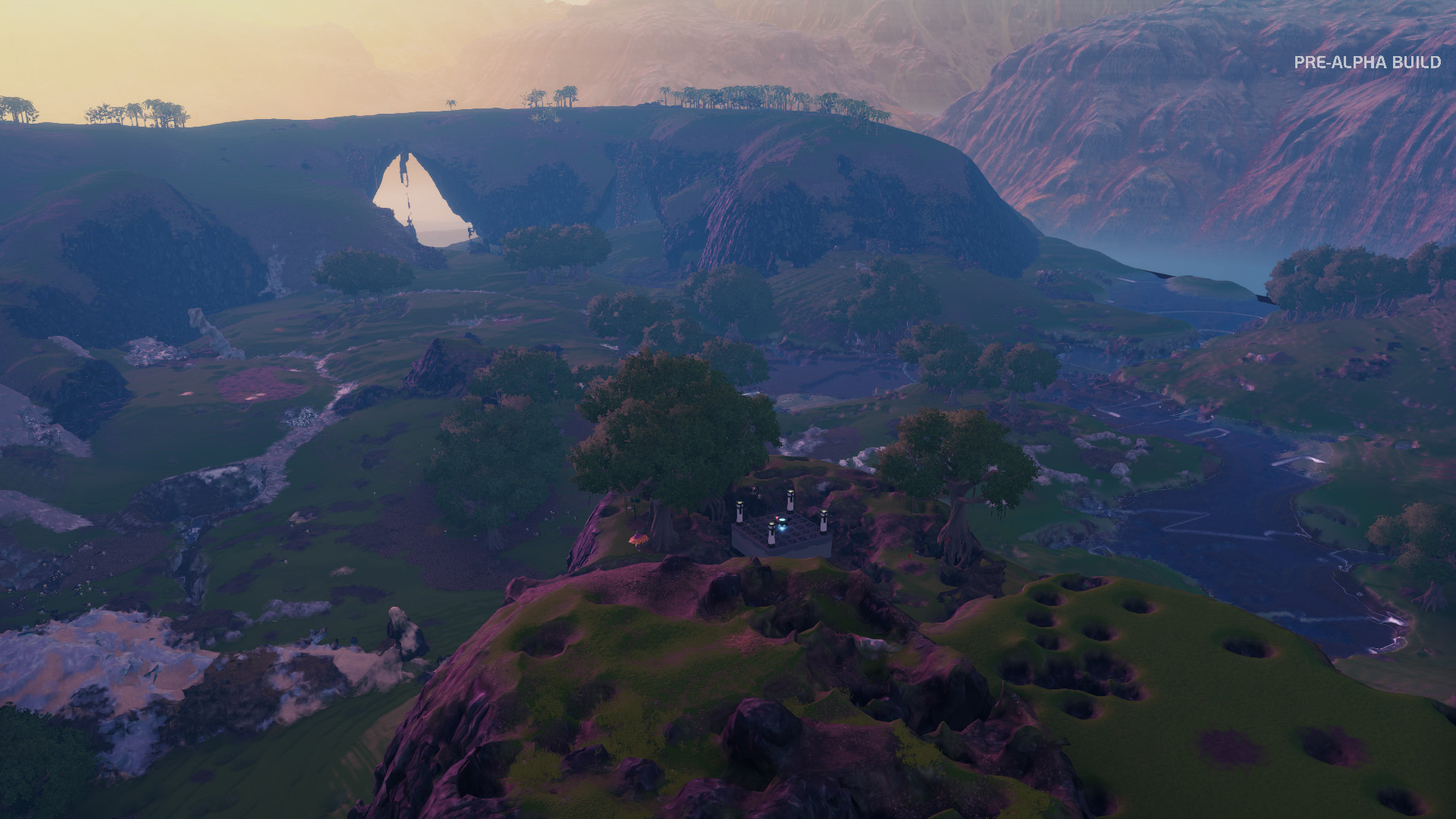
After
The first thing players did was, predictably, begin to dig. The world already had some existing caves, but within minutes of the playtest starting there were new winding tunnels carved into the sides of mountains, pits driving straight down in an attempt to quickly find bedrock, and divots across the landscape as wandering players periodically fired their mining tools “just to make sure it still works.” And as they dug, their backpacks began to fill with the resources they found. At first mostly dirt and shale, but as they tunneled some players began to find veins of marble, ruby, silver, and sapphire.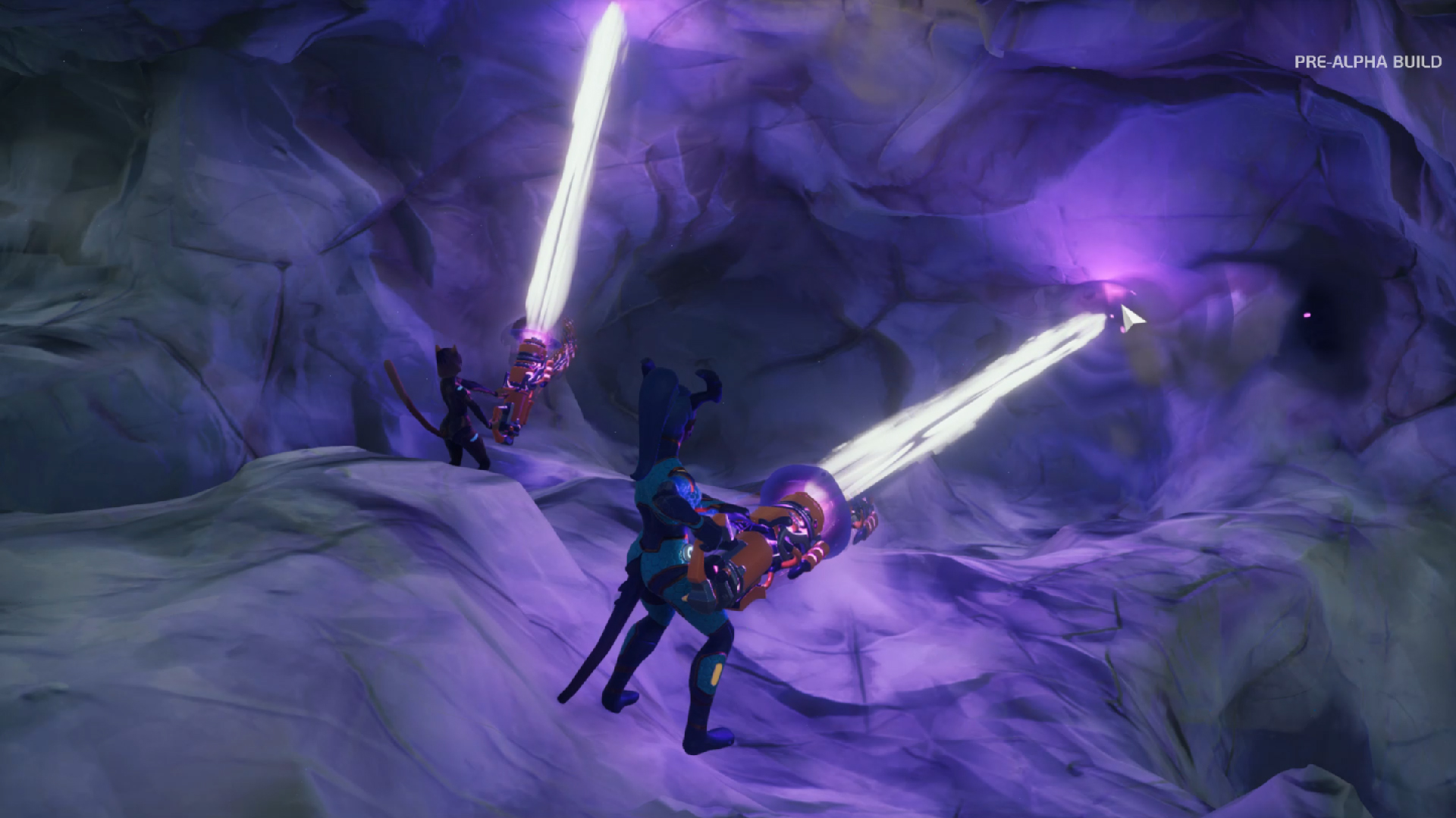
While the Diggy-Hole inclined continued delving greedily and deep, other players started testing out some of the other tools at their disposal. Cliff faces began to glow with heat and then ooze downward as molten stone, and frozen paths crept across rivers before melting back to water behind those that slid along them.
As the test continued, more complicated interactions started to emerge. A whirlpool formed in one of the ponds as a player dug a hole into the seabed, while a separate pond was converted into a waterfall thanks to a player-made trench.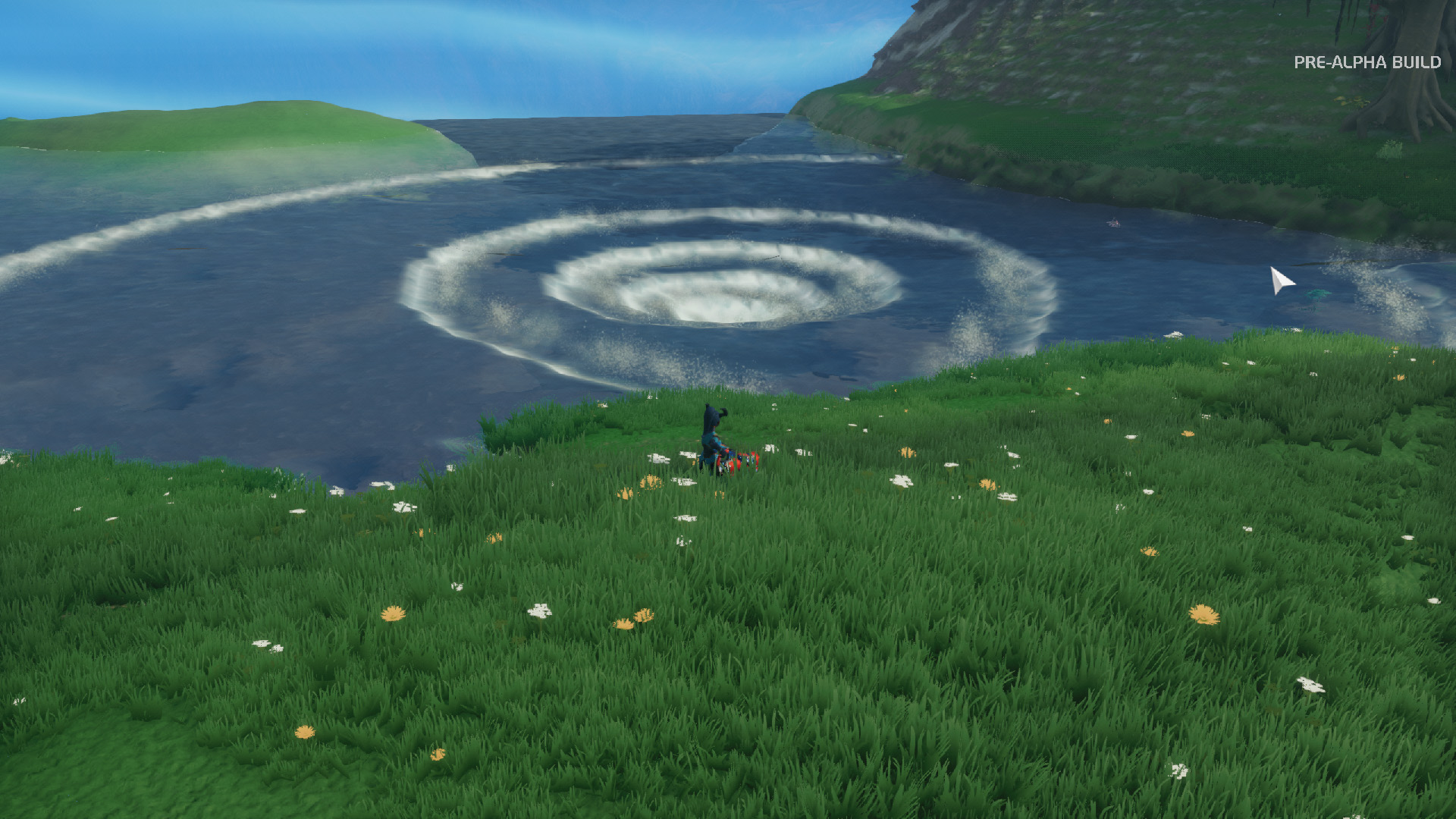
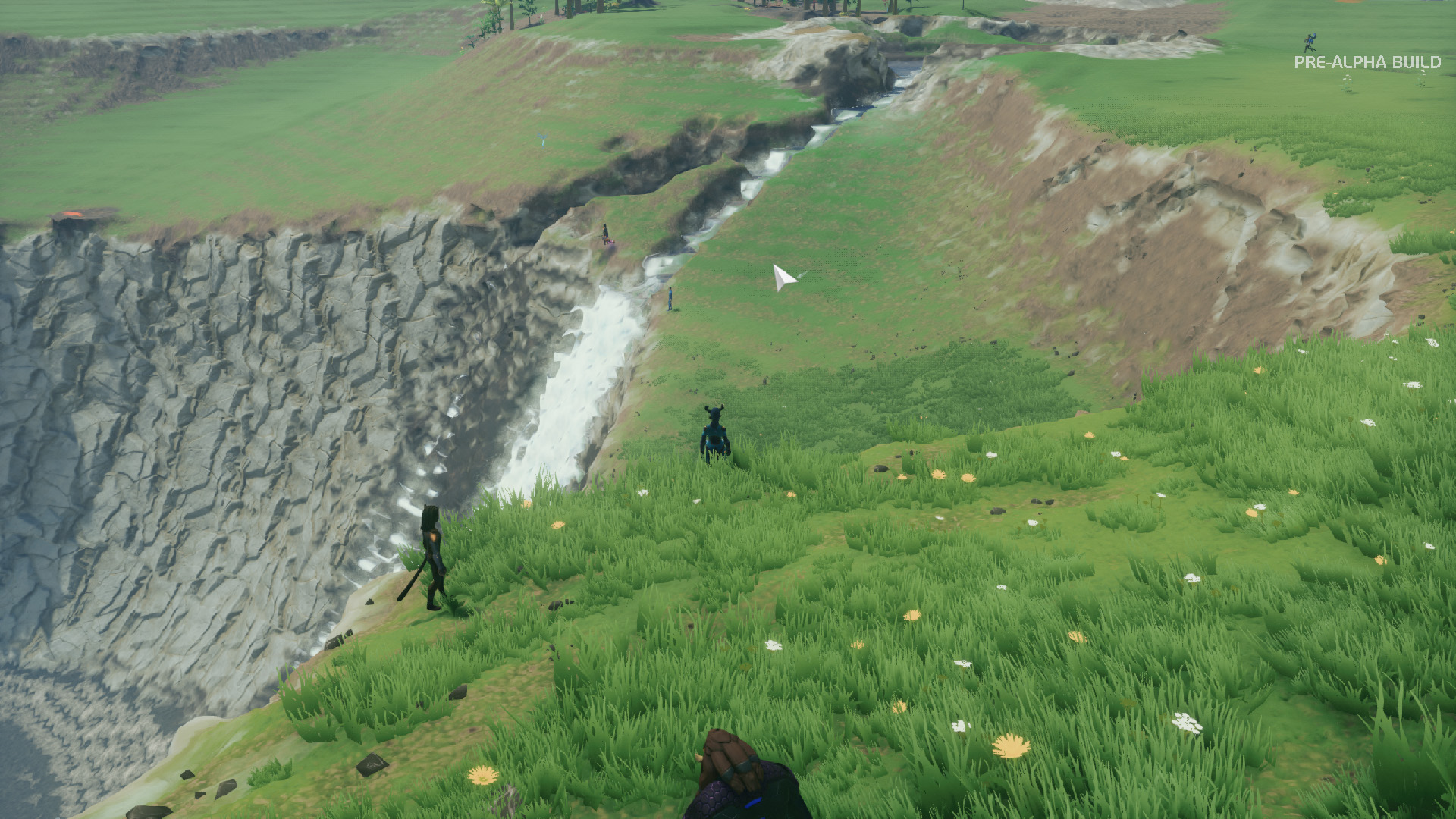
With backpacks slowly filling from the rampant destruction, some players were drawn to the tools that allowed them to place these resources back into the world. The Terraforming Tools they equipped aren’t known for their precision (an elegant building tool for a more civilized playtest may be around the corner…), but player creations began to spring up across the landscape nonetheless. A marble giant was carefully molded into creation, pillars of shale stretched into the sky, stone letters and statues appeared on mountain tops, and one player decided to use some clever perspective to sculpt out the Stars Reach logo (what a flatterer!)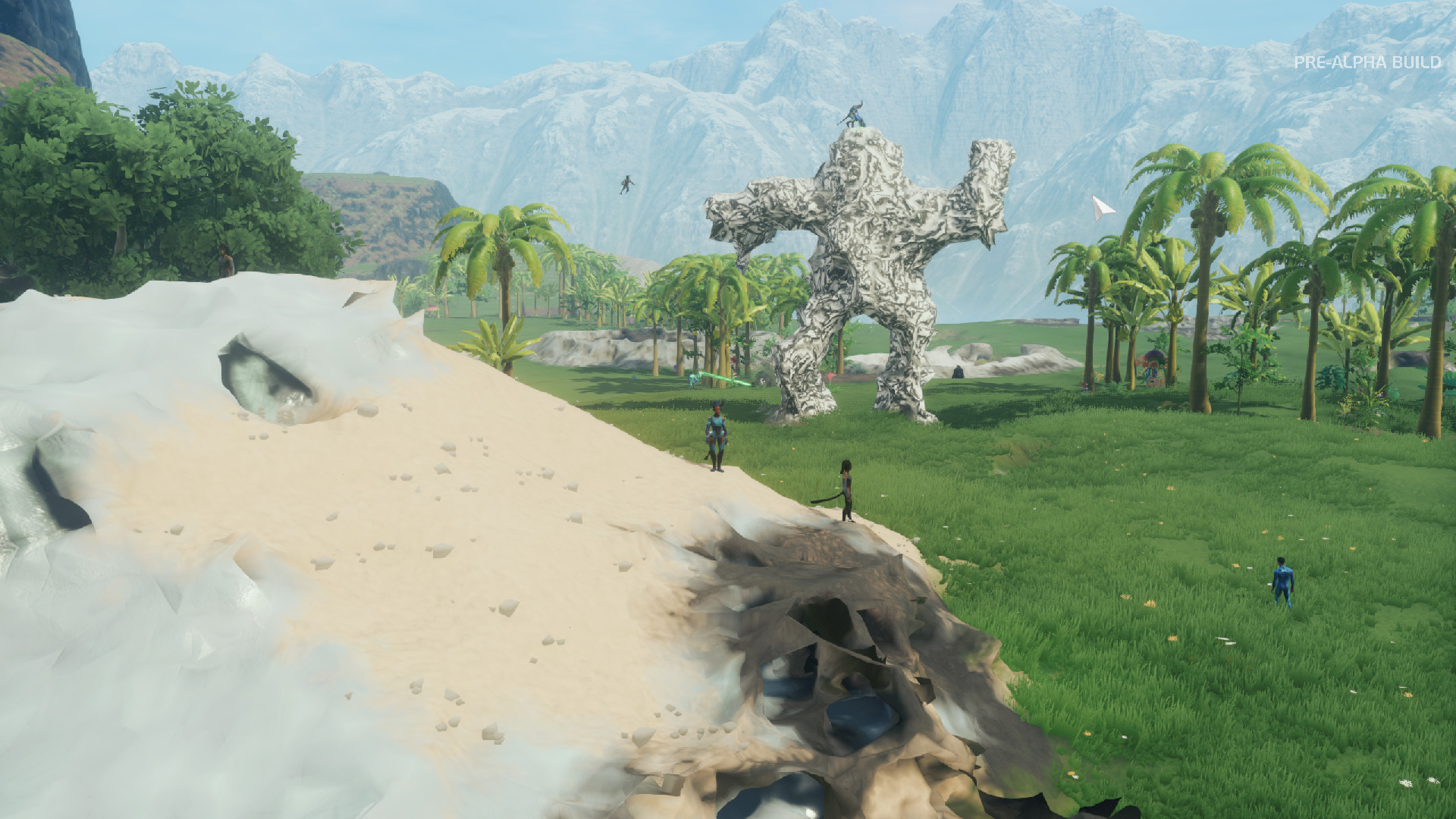
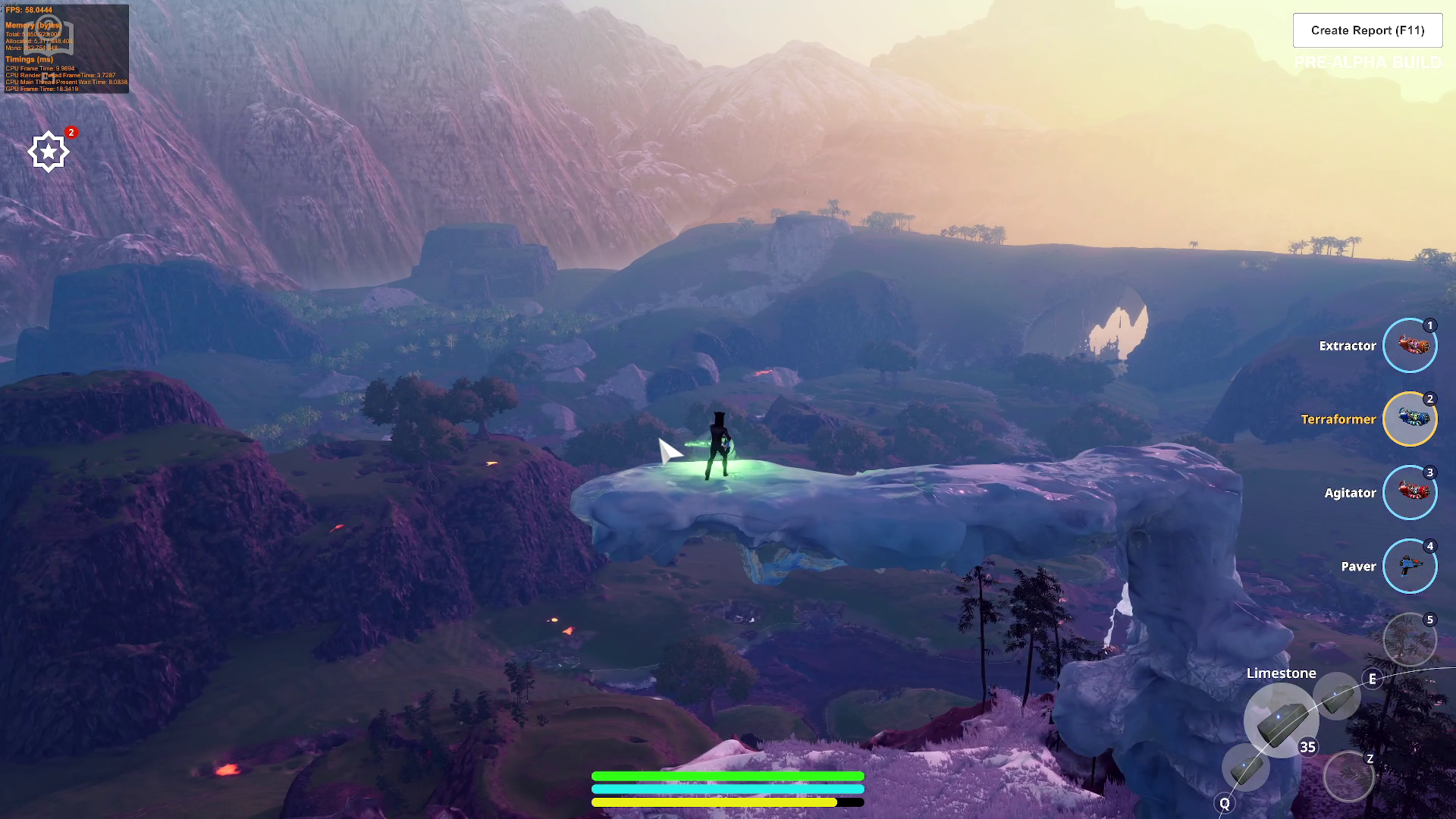
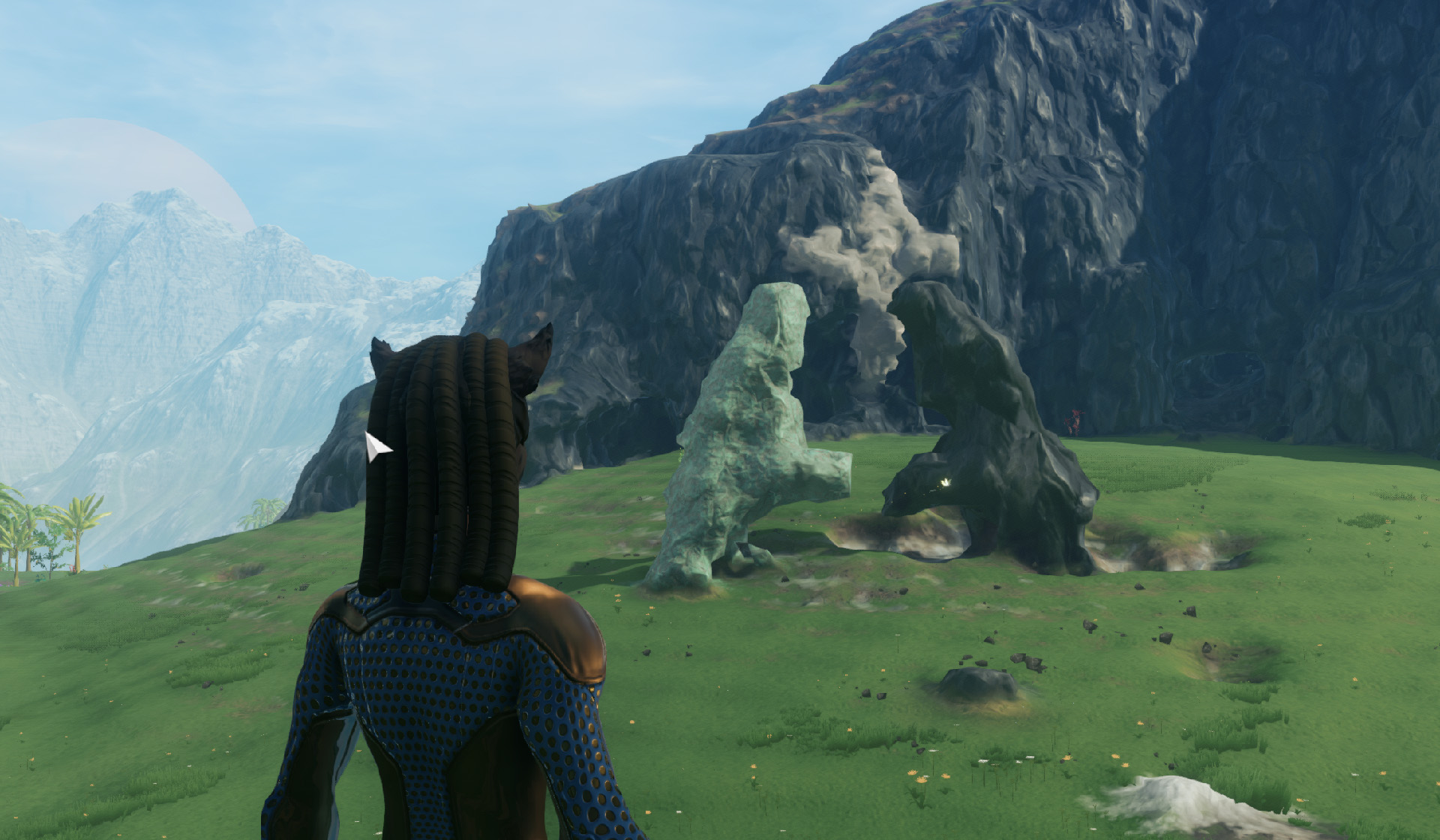
It wasn’t all smooth sailing. One of our goals was to test how well the simulation would handle the stress, and while the simulation held up pretty well the tools themselves had much more of an impact on the server than we’d expected, creating some nasty lag. This is the way the world ends, not with bang but with the roar of 80 simultaneous extractor beams.
Fortunately, we were able to identify the problem pretty quickly and you can bet it’s a set of improvements that we’re working on now. For those of you who’ve signed up to playtest but haven’t gotten an invite or key yet, know that those kinds of issues are why we’re passing out Steam keys slowly, so please be patient with us! And if you haven’t signed up to playtest yet it’s not too late to do so!
Despite the lag, most players still had a blast and played throughout the full two hours (and would have played longer had we let them). You don’t have to take our word for it, though! As our testing pool grows and playtests progress we’re encouraging playtesters to share more about their experiences, so feel free to ask around in the Stars Reach Discord!
We’ve got more playtests planned, so stay tuned!
